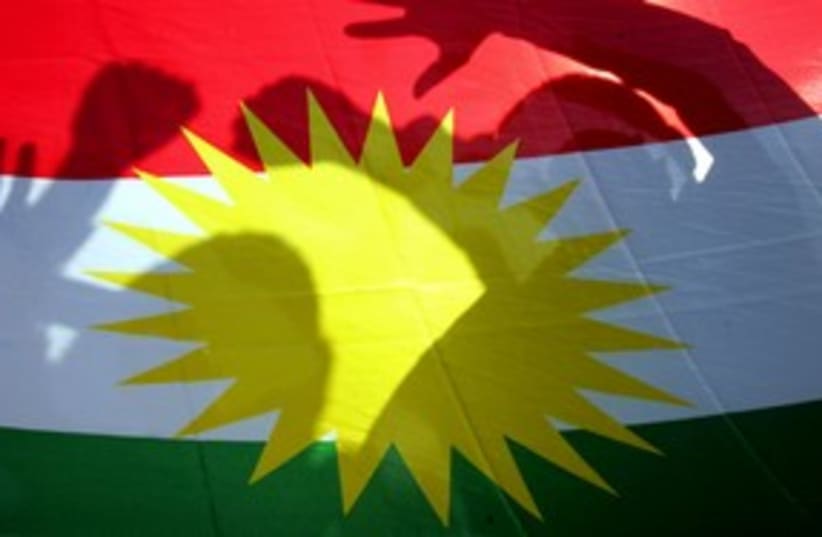The upheavals in ME and their impact on the Kurds
The past hundred years were perhaps the worst in Kurdish history, including division among different states, campaigns of assimilation and even genocide. But the 21st century heralds new and better things.
